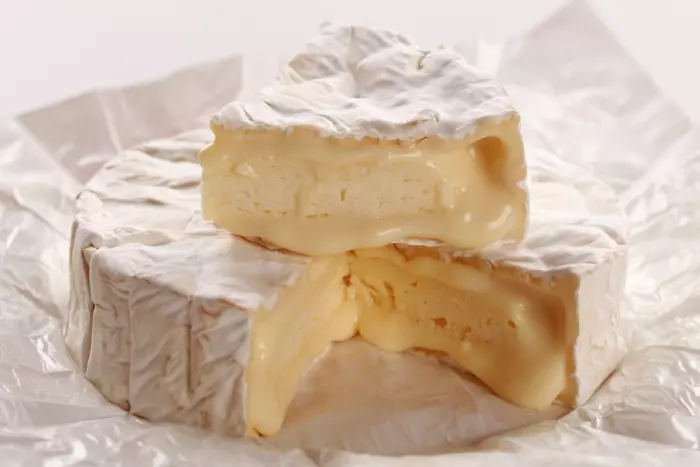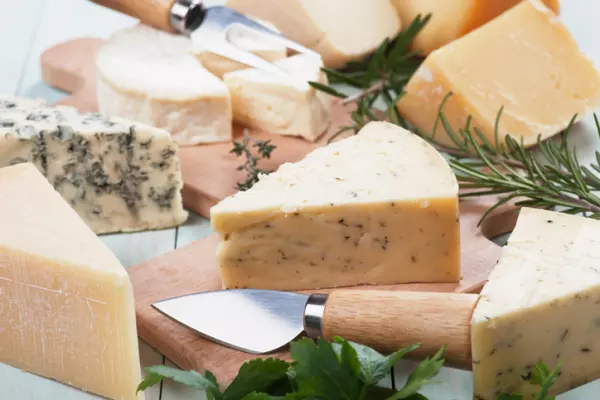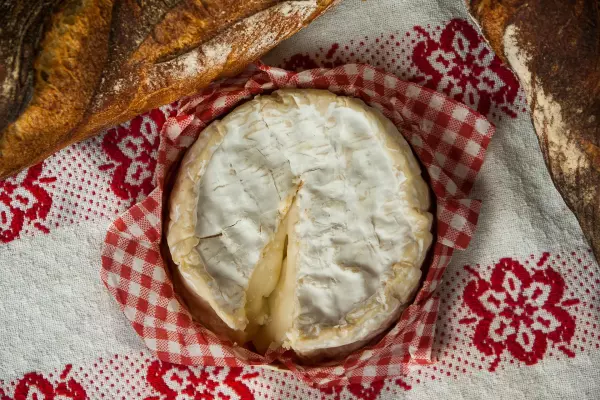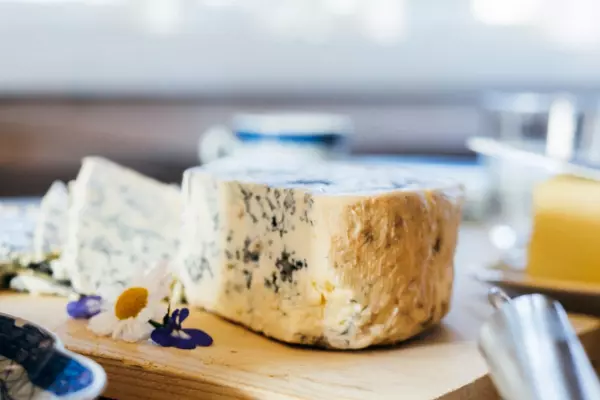The difference between an authentic Brie and Camembert is simply “terroir” – the characteristics imparted by the environment in which the cheese is produced. The same applies to any wine – it reflects the conditions of the site where the grapes were grown, including the climate, soil, presence of water, slope and altitude. A pinot noir from Burgundy, for example, will share characteristics with one from Martinborough, but their unique differences are what is celebrated by winemakers the world over.
For centuries, cheesemakers in Europe have recognised the impact of terroir – the differences the climate, soil and geology of a region, and the seasonal variations, can make to taste and texture. Imagine the complexity of the milk when animals graze the alpine pastures of the Pyrenees range between Spain and France – a symphony of colourful grasses, wild flowers and herbs that have never seen a plough. And cheesemakers nurture the microclimate of bacteria, yeasts, moulds and pigments that use the blank canvas of the rind to create their own masterpiece.
Brie and Camembert both belong to the soft white family (or category) of cheese, so they have the distinctive white crust of penicillium candidum (tiny mushrooms) that imparts a mushroomy, earthy flavour, and an interior – under the rind and sometimes even right through the cheese – that is soft, almost runny. They are also the oldest and best-known examples of the family and are benchmarks, just as Burgundy is the best-known pinot noir. The French have clear rules to differentiate between Brie and Camembert:
Brie de Meaux AOC, various producers, Meaux
Under the French AOC system (appellation d'origine controlee, or controlled designation of origin), Brie must be made near Meaux, 40km east of Paris, in the warm, dry Brie region, from raw cow’s milk. Each wheel must weigh 3kg and have a depth of approximately 3cm. After 5-6 weeks, it will have a dense interior which tastes like rich cream of mushroom soup made with sweet, aromatic morel mushrooms and a dash of sherry.
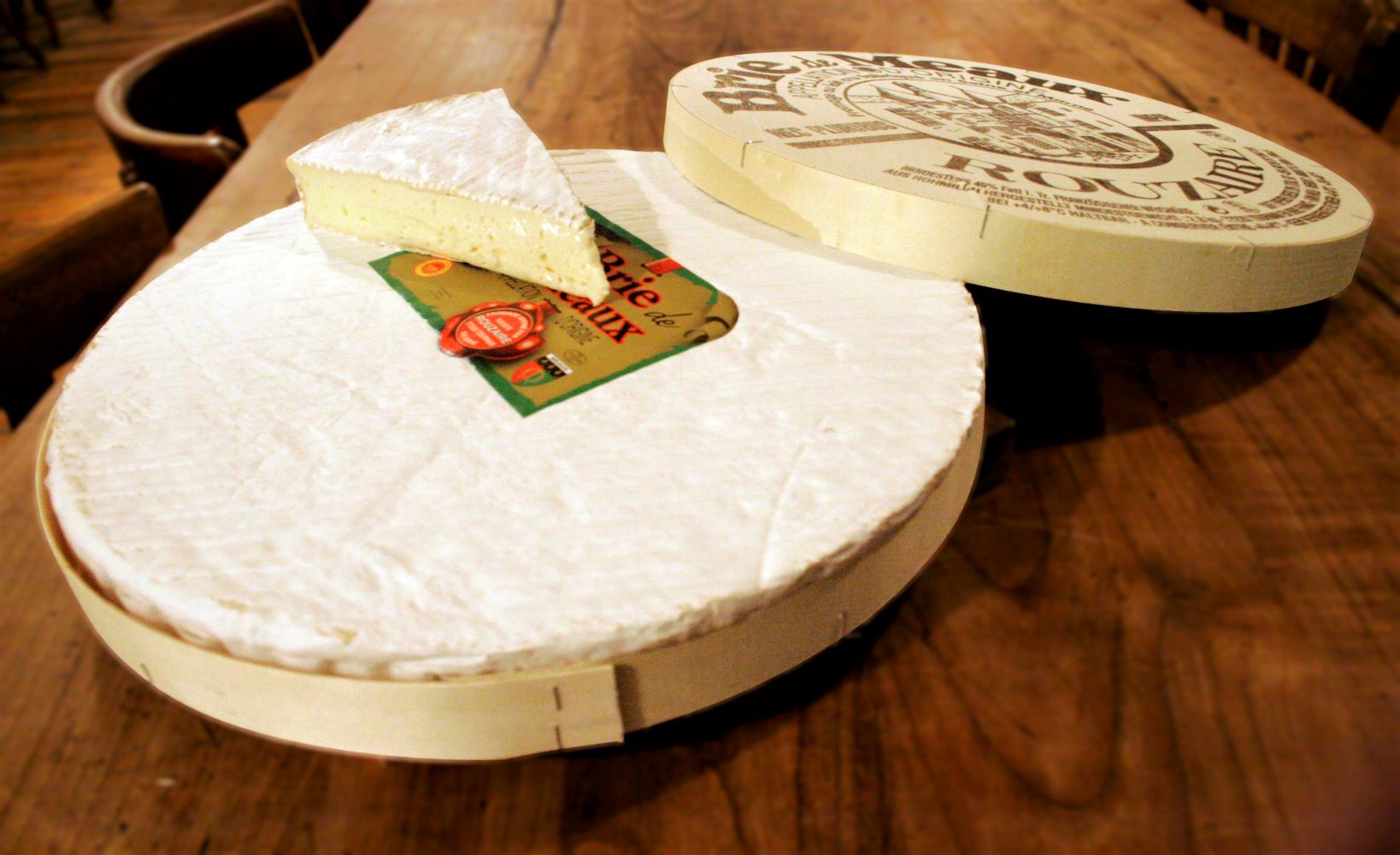 Brie de Meaux. Photos courtesy of Maison Vauron
Brie de Meaux. Photos courtesy of Maison Vauron
Camembert de Normandie, various producers, Normandy
Camembert also has a white rind and is made with raw milk but comes from 350km west of Meaux, where the maritime climate is cooler and the breed of cow and the soil are different. Camembert is also smaller (250gm) and deeper than Brie, and the mushroom-soup taste is more intense, as though it was made with beef stock, and has vegetal back notes of cabbage or asparagus.
Lamentably, the vast majority of soft white cheeses available in New Zealand are factory made from pasteurised milk. The only thing they really have in common with the iconic French cheeses is a white crust and a hint of mushroom. The taste is barely stronger than cream and the texture more akin to custard. To add insult to injury, they are then randomly called Brie or Camembert depending on how the name sounds with their brand, and some cheesemakers even interchange the labels depending on demand. No wonder you can’t tell the difference. Often there is absolutely none, although the price varies.
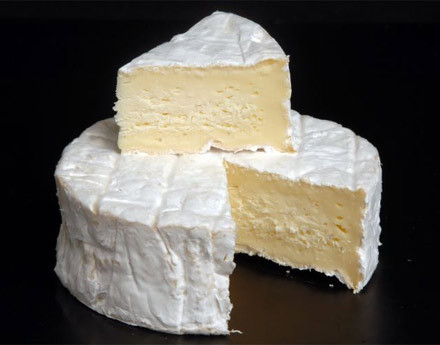 Camembert de Normandie (unripe)
Camembert de Normandie (unripe)
Here are three soft white cheeses I would recommend. You can buy them online:
Cartwheel Creamery Marama (moon), made in Pohangina Valley, Manawatu/Whanganui
Produced by Ade and Jill Walcroft, this cheese has a thin, slightly crunchy rind that imparts the taste of button mushrooms through to the almost runny interior and has a subtle, herbaceous, green-grassy bite on the finish. Also try their Opiki Ma soft white goat cheese.
Evansdale Farmhouse Brie, made in Hawksbury Village, Otago
I have loved this iconic New Zealand cheese since it was created more than 30 years ago by the Dennison family. Weighing around 1.2kg, it is deeper than similar cheeses and therefore slightly chalky in the middle. The intense flavour hints of fresh cream, mushrooms and sea breezes.
Nieuwenhuis Farmstead Cheese Full Moon, made in Te Aute, Hawke’s Bay
In 2018, Annie and Geoff Nieuwenhuis appeared on my doorstep with a superb range of cheeses, including this charmer, which has hints of marzipan and almonds, a gentle mushroomy aroma and taste and a freshness on the finish. “Our cheese names reflect the unique placenames where our cheese is from,” says Annie. “We believe a distinctive goat cheese is deserving of a unique name.”
Juliet Harbutt is a Master of Cheese and founder of Hunter Gatherer Tours in Hawke’s Bay.
Cheese questions welcome.


